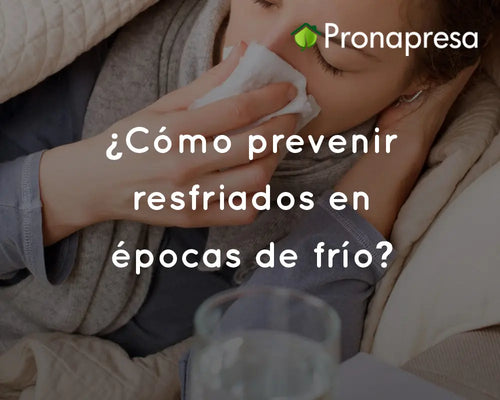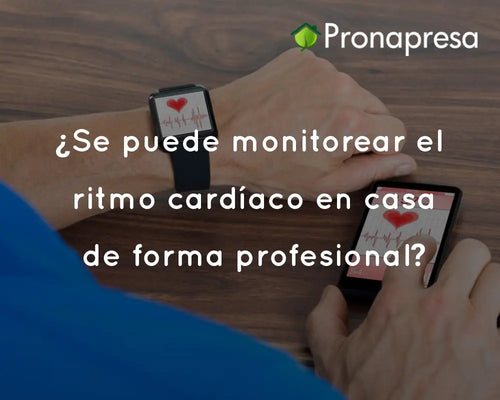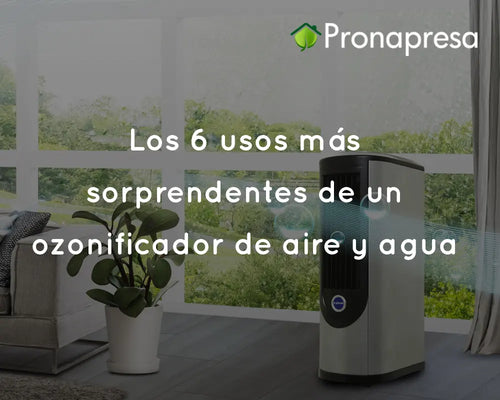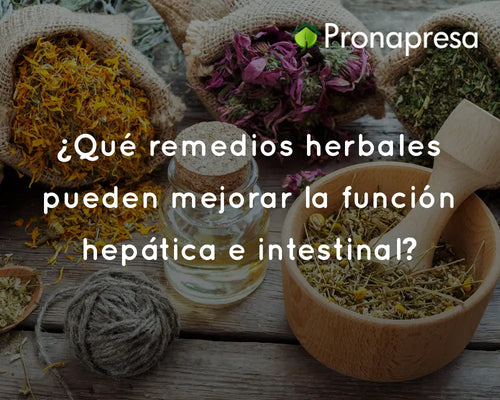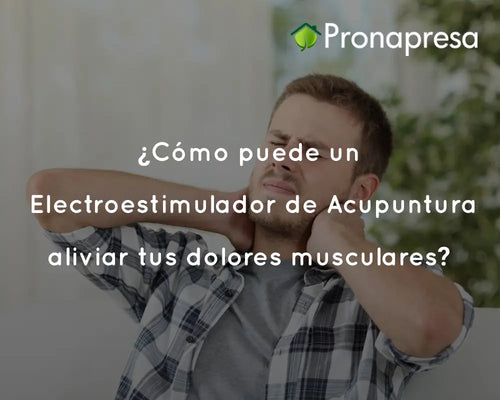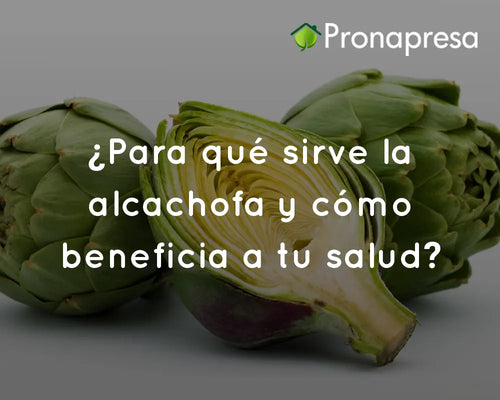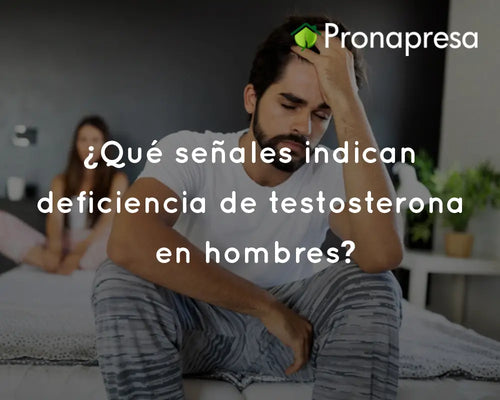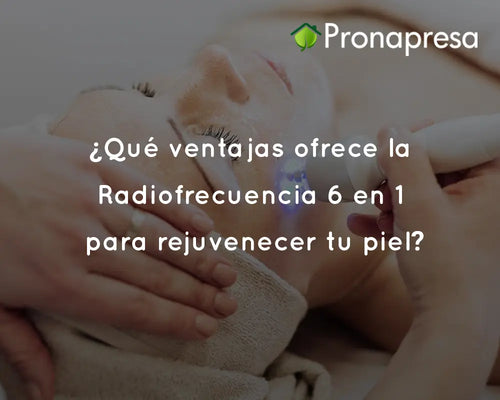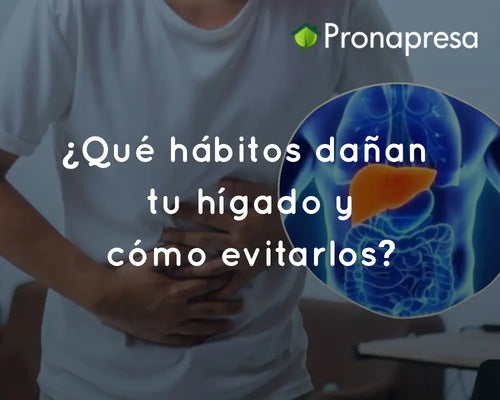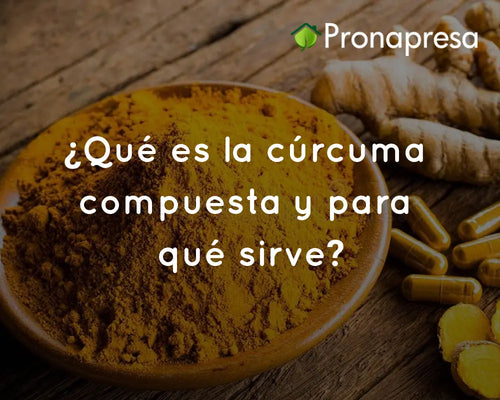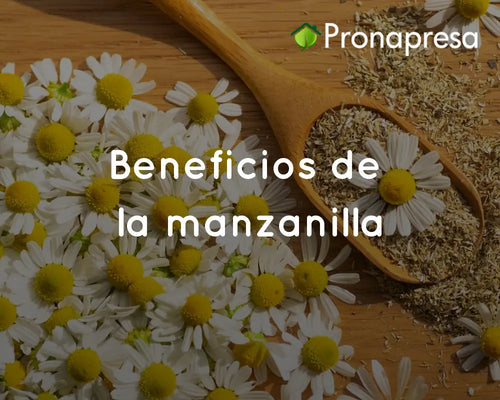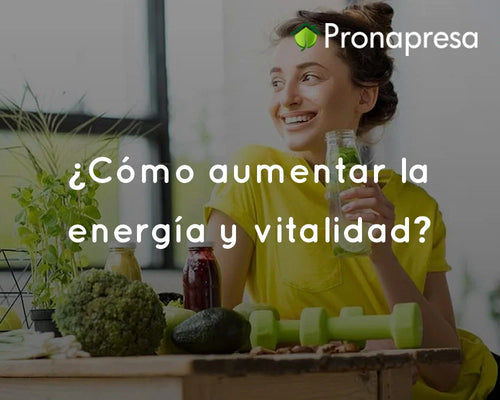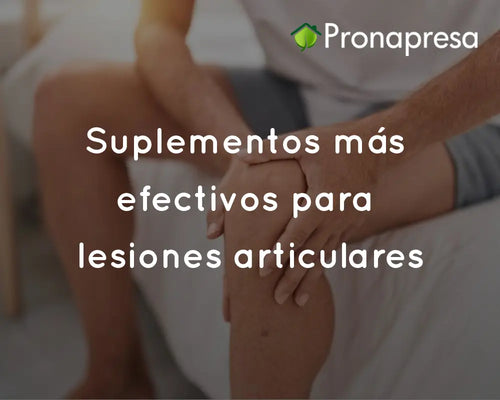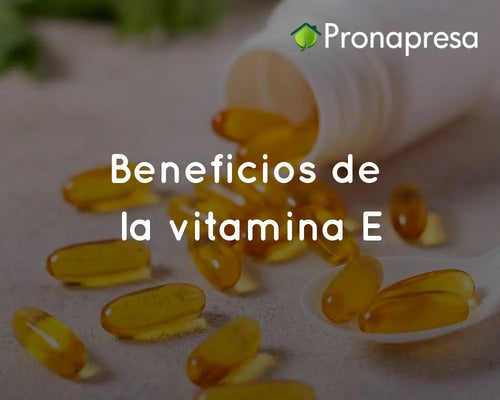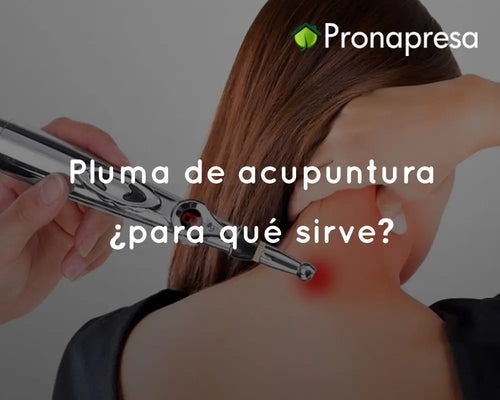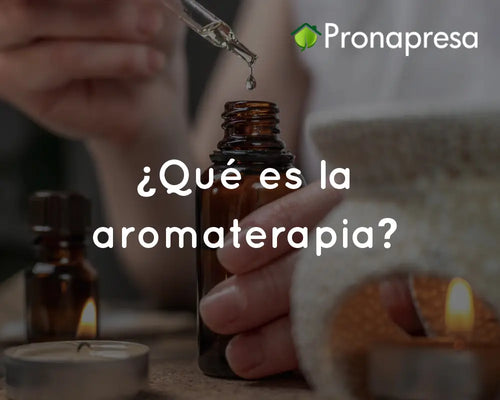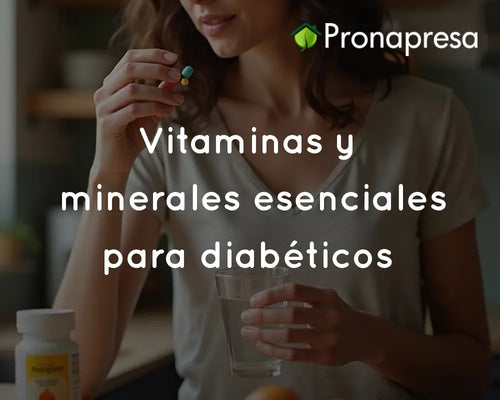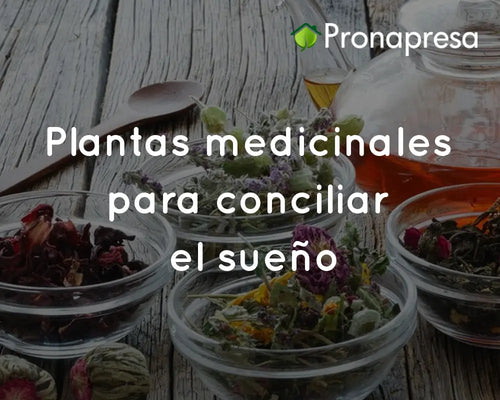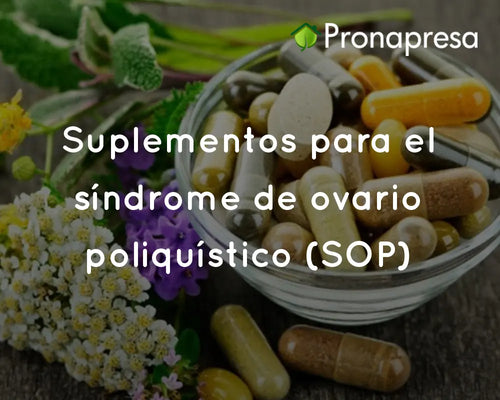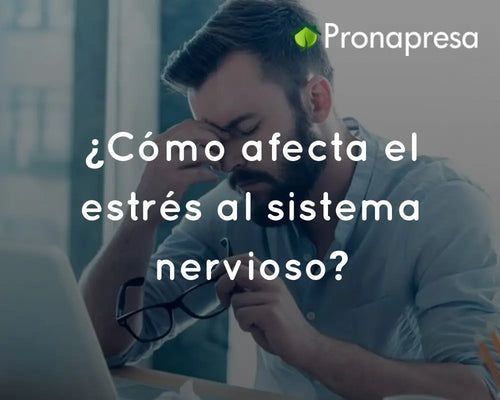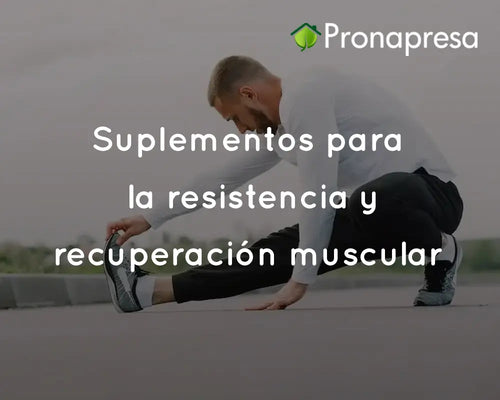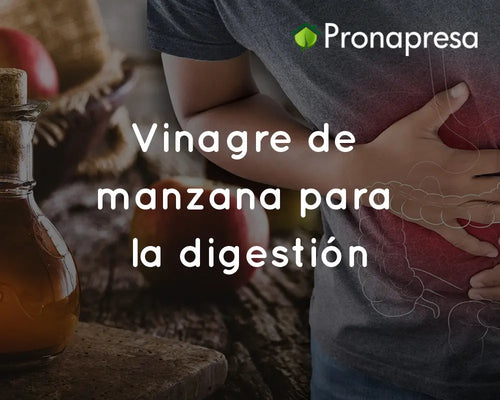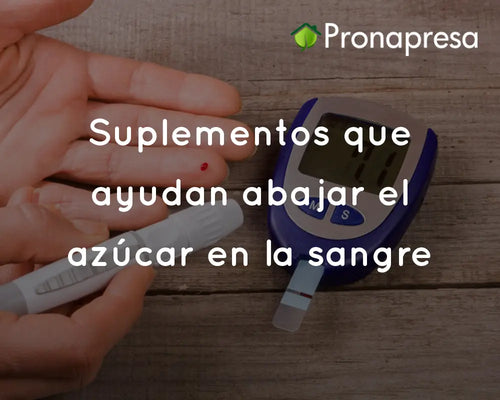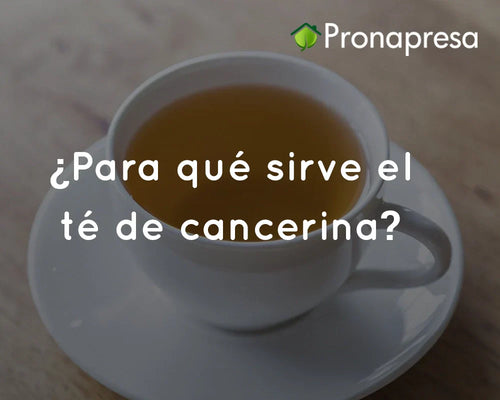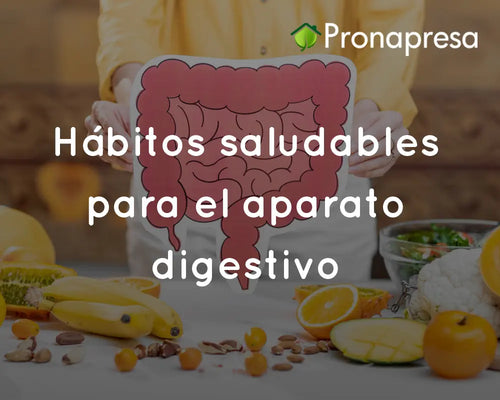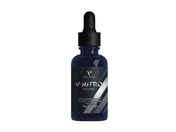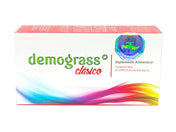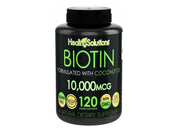
-
Genetics: Genetic predisposition plays an important role in the development of varicose veins. If you have close relatives who suffer from them, you're more likely to develop them as well.
-
Age: As we age, veins and their valves tend to weaken, increasing the risk of varicose veins.
-
Gender: Women are more likely to develop varicose veins due to hormonal changes that occur during pregnancy, menstruation, and menopause.
-
Pregnancy: During pregnancy, increased pressure on the veins in the pelvis and legs, along with hormonal changes, can contribute to the development of varicose veins.
-
Obesity: Excess weight puts additional pressure on the veins, which can impair blood flow and increase the likelihood of developing varicose veins.
-
Sedentary lifestyle: Sitting or standing for long periods of time can impair blood flow and contribute to the development of varicose veins.
What are the symptoms and how to recognize varicose veins:
Varicose veins are prominent and may appear as a grid of red or blue lines on various parts of the legs and other parts of the body. You should keep in mind that this is the first study of venous insufficiency. The main symptoms reported are always local and include the following:
- itch
- burning sensation
- feeling of weight
- mild pain
- Tingling sensation (pins and needles)
How to prevent varicose veins:
-
Maintain a healthy weight: Maintaining a healthy weight reduces pressure on veins and improves blood circulation.
-
Regular exercise: Regular physical activity, such as walking, swimming, or yoga, improves circulation and strengthens the muscles that help veins move blood.
-
Elevate your legs: Elevating your legs above the level of your heart for short periods helps blood flow back toward your heart.
-
Avoid tight clothing: Tight clothing can hinder circulation, so choose comfortable clothing that doesn't restrict blood flow.
-
Take care of your posture: Maintaining good posture when sitting or standing helps reduce pressure on your veins.
Treatments for varicose veins:
-
Compression: Wearing compression stockings helps improve blood flow and relieve the symptoms of varicose veins.
-
Sclerotherapy: In this procedure, a solution is injected into the affected veins, causing them to gradually close and disappear.
-
Laser ablation: A laser is used to close varicose veins, allowing blood to flow through healthier veins.
-
Surgery: In severe cases, varicose veins may be removed surgically.
Varicose veins are a common problem that affects many people, especially as they age. However, adopting a healthy lifestyle, maintaining a healthy weight, and maintaining good circulation can help prevent their appearance. If you already have them, there are various treatment options available to relieve symptoms and improve the appearance of varicose veins. It is always advisable to consult a doctor for an accurate diagnosis and an appropriate treatment plan.
Remember that prevention is better than cure


